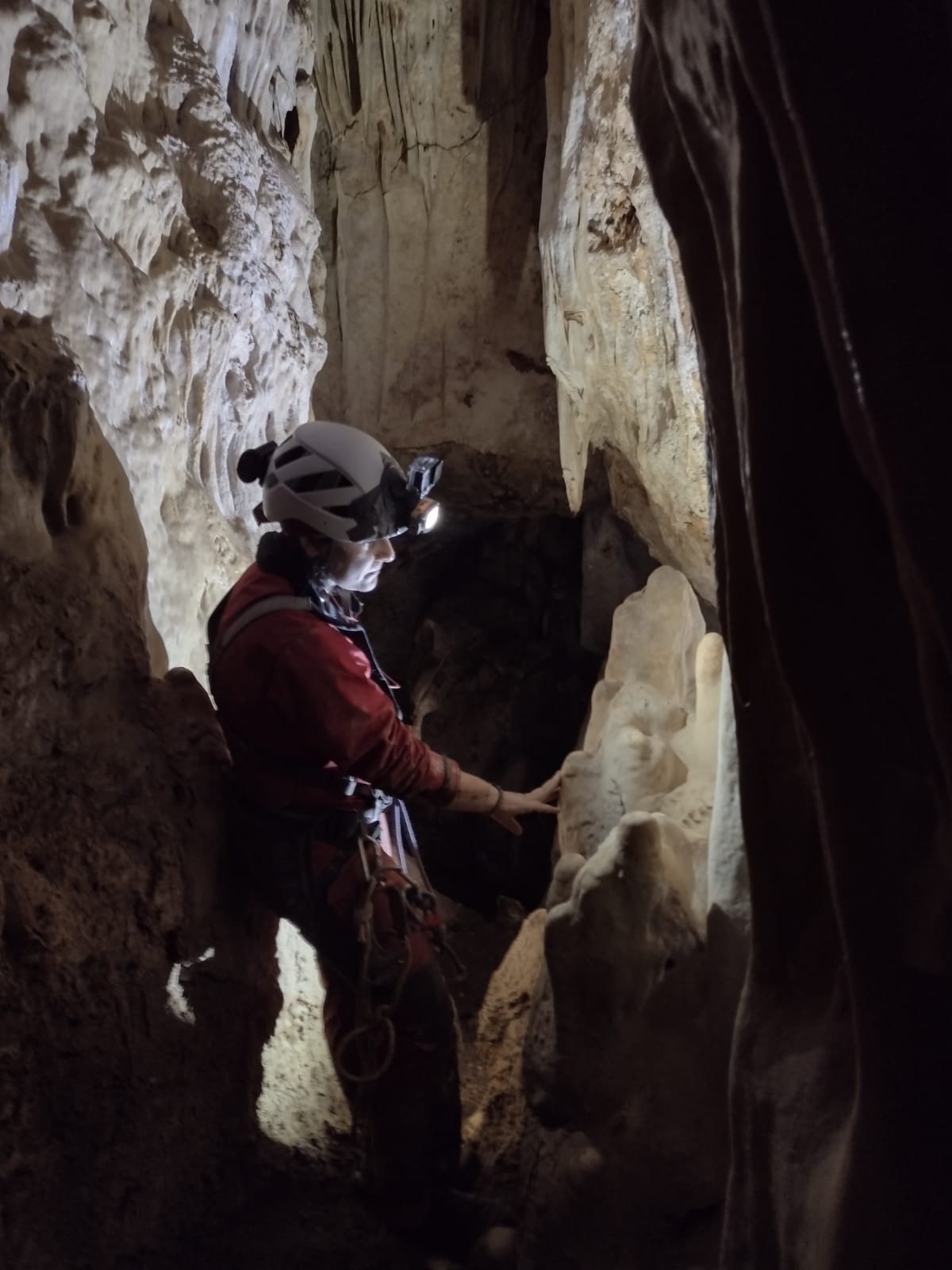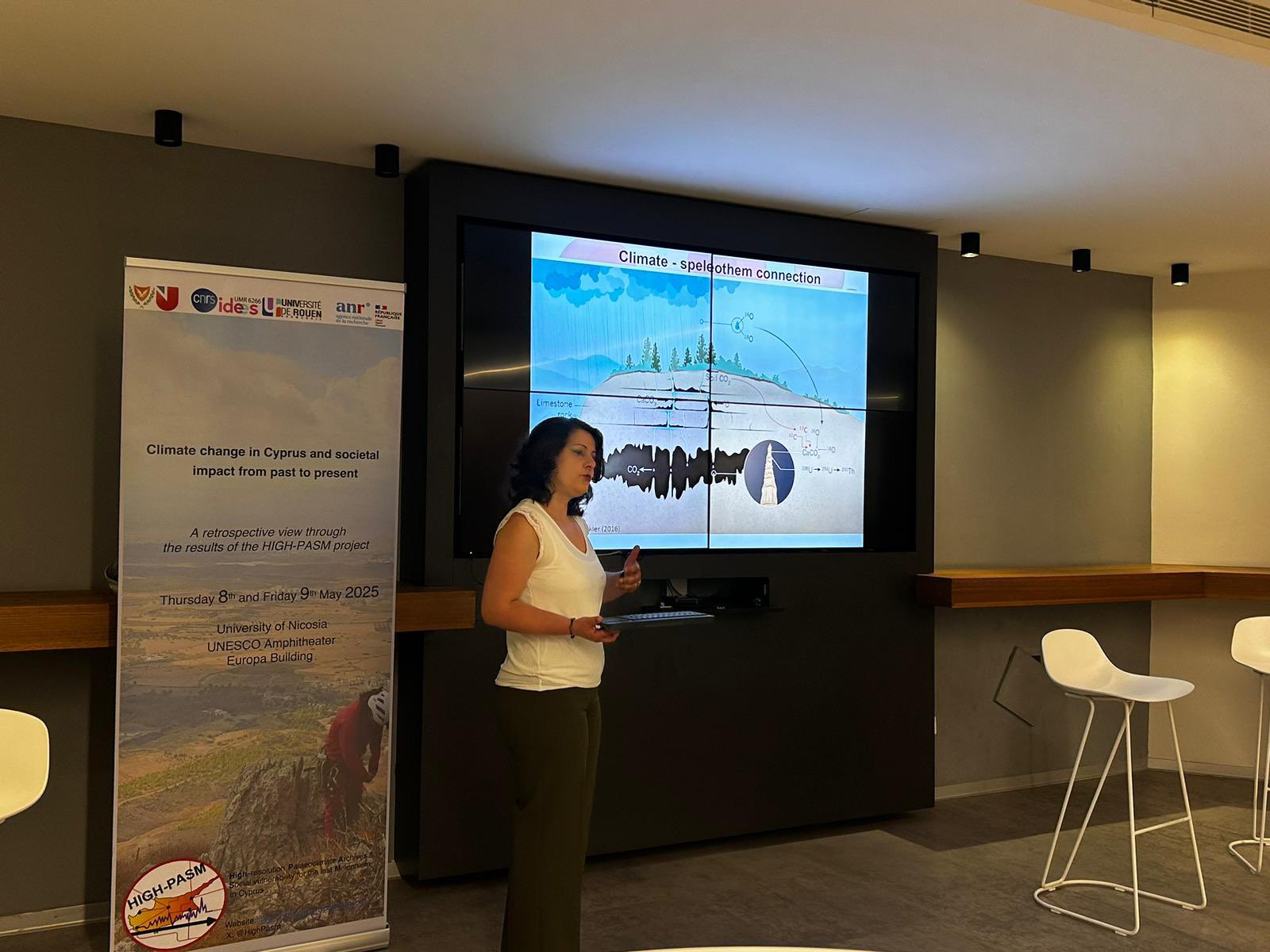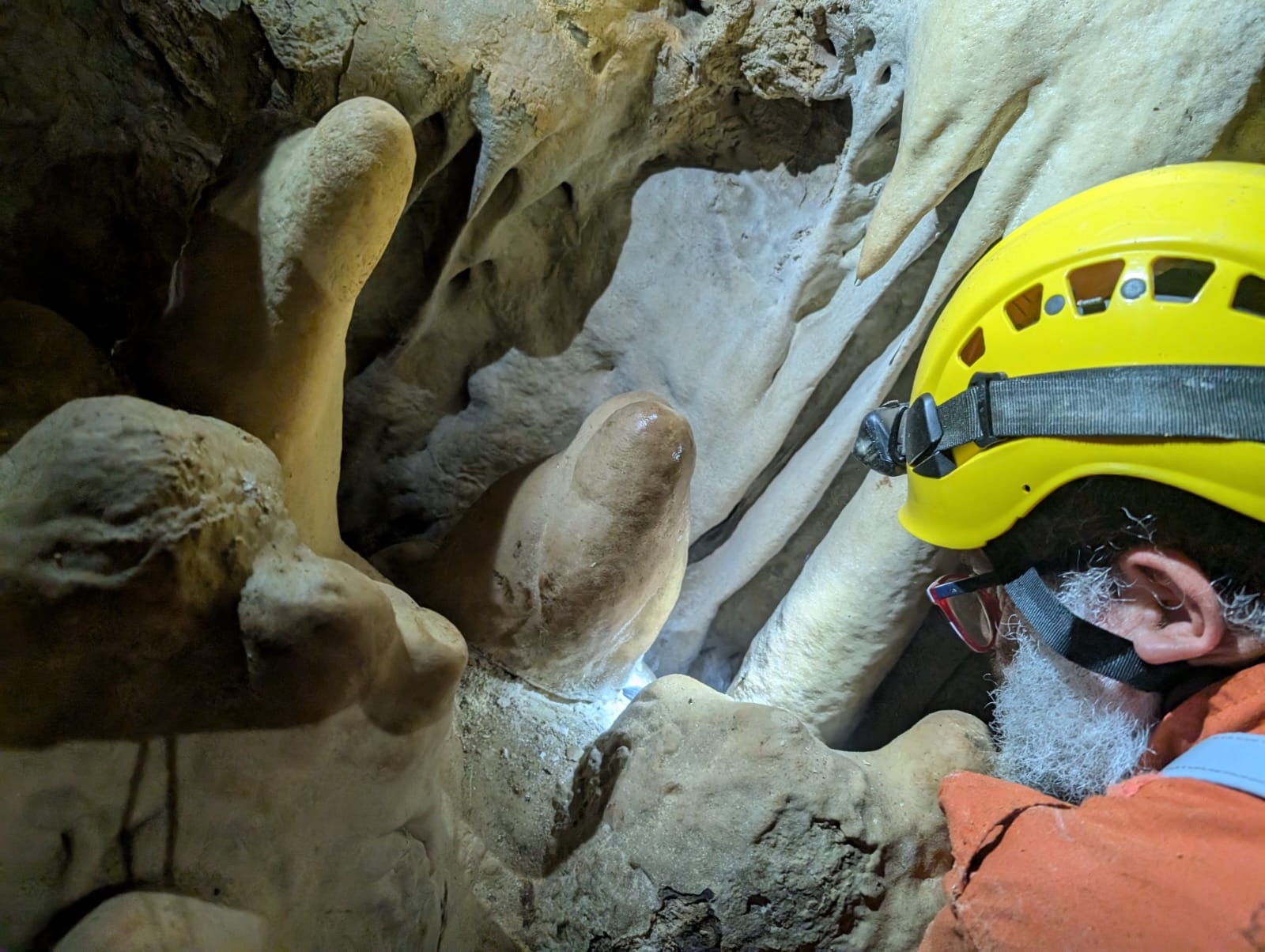Historical climate patterns could offer a way to combat climate change
The fifth month of 2025 is nearing its end, and Cyprus has already faced its first wildfire, several heatwaves and finds itself grappling with alarming water levels, as reservoirs have dropped to just 26 per cent.
“I am deeply concerned about the pressing health risks that climate change poses to our country,” said Health Minister Michael Damianos, as Cyprus hosted the tenth meeting of the Small Countries Initiative in April 2024.
And Damianos has all the right to be concerned. Climate change is no longer a distant threat – it’s knocking on our door, affecting us directly.
The World Meteorological Organisation has officially declared 2024 the warmest year on record.
Across disciplines, researchers are delving into Cyprus’ climate history to better understand how we got here and, where we might be headed. By examining patterns from the past, the scientists are piecing together insights that could help us in adapting to future climate challenges.
Impact of climate change on Cyprus over the last 700 years
Aiming to better understand the impact of climate change on Cypriot society and landscape, researchers from the University of Nicosia and the French University of Rouen have analysed historical climate patterns and environmental data as part of the HIGH PASM project, whose findings were released last week.
These findings of the study are based on a combination of data sources, including speleothems – mineral deposits found in caves that preserve climate information – historical meteorological records from the British-era including the Blue books that were prepared annually, topographic analysis, historical maps with land cover data and more recent satellite imagery.
By combining these inputs, the team has not only traced centuries of climate shifts but also highlighted how these shifts have historically influenced and at times exacerbated social and ecological stress across the island.

Their analysis, conducted over the last four years, reveals three key climate phases over the past 700 years that have historically shaped Cyprus.
Firstly, the researchers identified an oscillation, a recurring back-and-forth pattern, between long dry, warm periods and shorter wet spells from 1344 to 1510 CE, indicating that the climate has repeatedly shifted between extended droughts and brief, wetter intervals, making the environment both unpredictable and difficult to adapt to.
Secondly, the following period from 1510 to 1800 CE was found to have already differed notably from the previous pattern as it was marked by predominantly wet conditions, with longer and more consistent rainfall periods that could have supported agriculture and population growth.
Thirdly, a trend of long, dry periods emerging since 1800 CE points to an increasing frequency and severity of droughts expected to sharpen further into the 21st century.
And while the described increasing severity of droughts may no longer raise eyebrows in the age of climate crisis, in times shaped by climate consciousness and movements like this naturally turns our gaze toward human responsibility.
Because if it has been getting warmer – and drier – since 1800 CE, then what’s the big deal now? Is this really on us? Or are we just the unlucky ones caught in the earth’s latest mood swings?
For this, the researchers point to a core finding. The isotopic trend, which tracks changes in water molecule ratios, clearly indicates that the past 25 years have been drier than normal. Whether this dryness, is solely the result of human-driven changes such as environmentally harmful practices could not be determined through the project.
What is scientifically evident more broadly, however, is that today’s climate change is anthropogenic– a conclusion evident in decades of international research. At this point in human history, natural cycles alone fail to explain the sharp rise in temperatures and the growing intensity of climate extremes.
Historical changes in climate and its effect on Cyprus
“The climate plays as a background that exacerbates or reinforces human dynamics and policies and can at the same time play as a stressor of human activities,” says Carole Nehme, a researcher at the University of Rouen.

Aside from identifying the dominant climate patterns over the past seven centuries, the researchers also examined how shifts in local climate conditions were linked to outbreaks of disease and environmental catastrophes including locust waves, plagues and famine outbreaks.
Their findings show that locust waves that were particularly prominent in Cyprus during the 16th and 18th centuries, often occurred during periods of transition between dry and wet phases and frequently coincided with famine outbreaks, suggesting that abrupt climate changes – such as sudden shifts from dry periods to rainfall – created conditions that allowed for agricultural collapse and food shortages.
Plague outbreaks, on the other hand, appear to have been mostly associated with wet periods, with outbreaks largely sporadic until the mid-17th century, becoming more frequent only from the mid-17th to mid-19th century. This increase, the researchers say, was likely due to not only prolonged wet conditions, which probably supported the spread of disease, but also to greater trade connectivity between Cyprus, the Eastern Mediterranean and Europe during that time, facilitating the movement of pathogens.
And even Cyprus’ landscape has been shaped by climate change. During the Venetian rule from 1489 to 1571 AD for example a wetter climate altered vegetation, expanded wetlands, and changed river systems to more flash-floods as can seen at Gialias river, the second-longest river in Cyprus. This most probably increased soil erosion in some areas, that moved bits of rock and soil. In the 19th century, when Cyprus was under a more wet climate that got warmer, we see a contrasting picture, leading to the formation of swamps and marshlands. a rise in temperature and decrease in rainfall which led to more dry soils.

The historical climate patterns identified through the HIGH PASM project research offer valuable guidance for shaping Cyprus’ future climate adaptation strategies.
Understanding how past societies responded – and partly struggled to respond – to extreme weather conditions and their environmental consequences, is crucial in order for policymakers to better adjust vulnerabilities in modern-day Cypriot landscape, infrastructure and the development of measures to respond to climate change. Their findings reinforce that climate does not act in isolation, but rather as a background force.
This means that changes in climate have a significant influence on the effects of land use, planning decisions, and societal dynamics. As such, human action, governance, and spatial planning become increasingly decisive in understanding how climate change impacts communities.
Climate and society have historically interplayed closely, particularly in relation to vegetation resources, water availability, land management and population distribution and its mobility. And while climate shifts did not always trigger crises, they have evidently often amplified existing environmental and social pressures, particularly during transitional periods. Adapting to these patterns is critical for building resilience in the face of current and future climate uncertainty.
What is the HIGH PASM project?
The HIGH PASM project (High-resolution Paleoclimate Archives & Societal Vulnerability for the last Millennium in Cyprus) is a joint initiative by the University of Rouen Normandy and the University of Nicosia.
Over the course of four years from 2021 until 2025, researchers have analysed how climate variability over the past 700 years has influenced societal events, aiming to offer a multidisciplinary view of Cyprus’ climate history.

The HIGH-PASM project has also fostered new collaborations including a partnership with the Cypriot Geological department supports a PhD on vegetation change in the Troodos marshlands, a co-directed thesis exploring malaria and landscape change in Cyprus over the past century, and an Erasmus agreement between the Universities.
Additionally, several academic papers are under review, while three conference proceedings have already been published.







Click here to change your cookie preferences